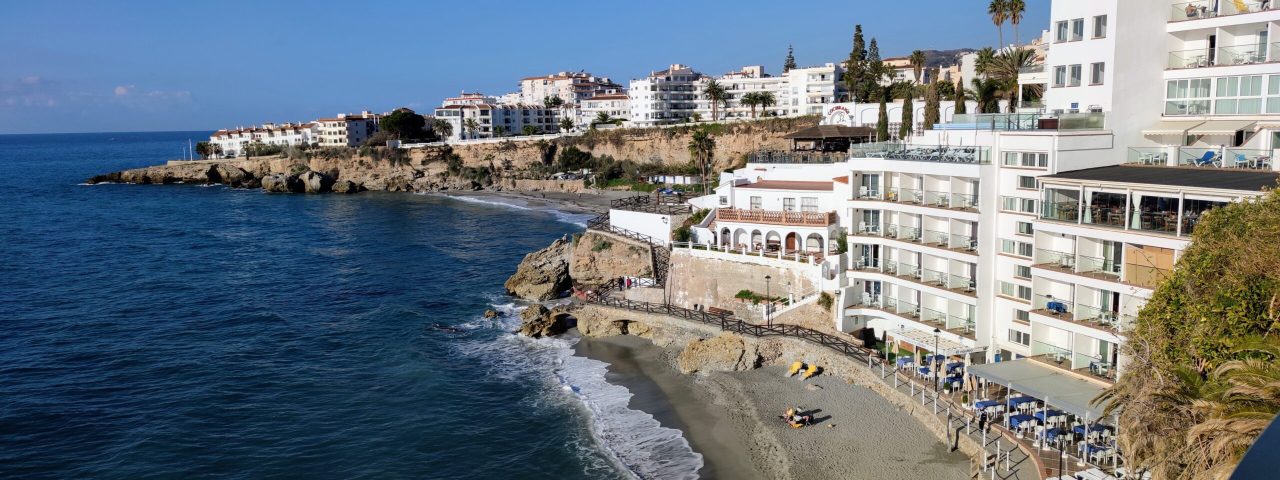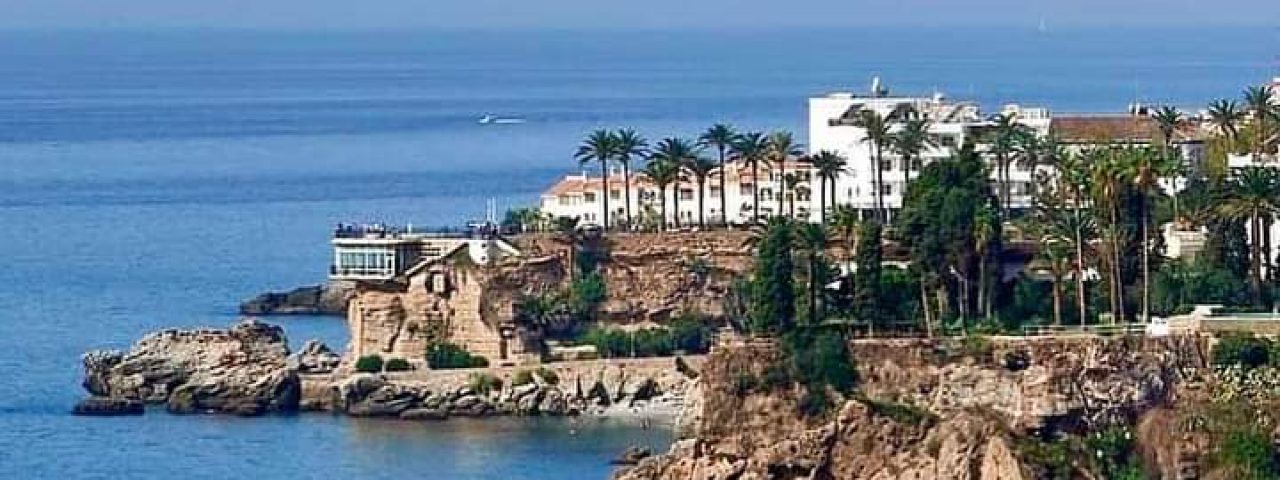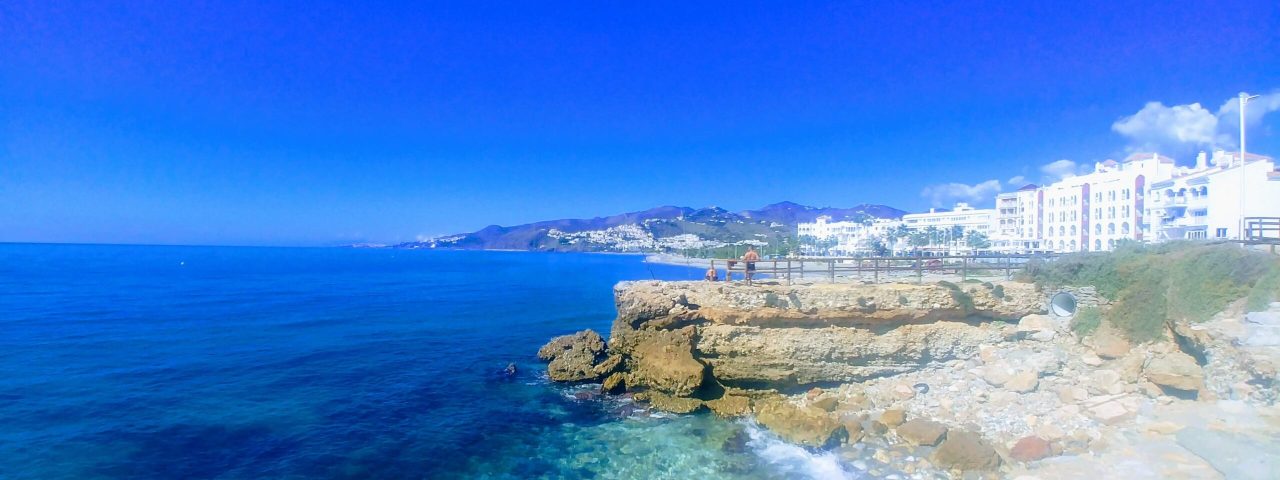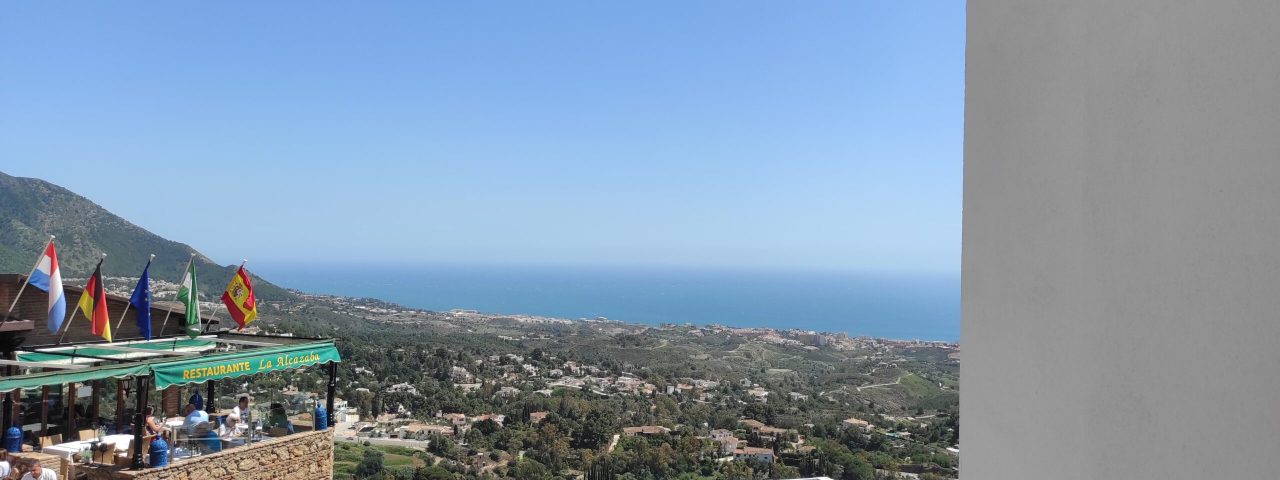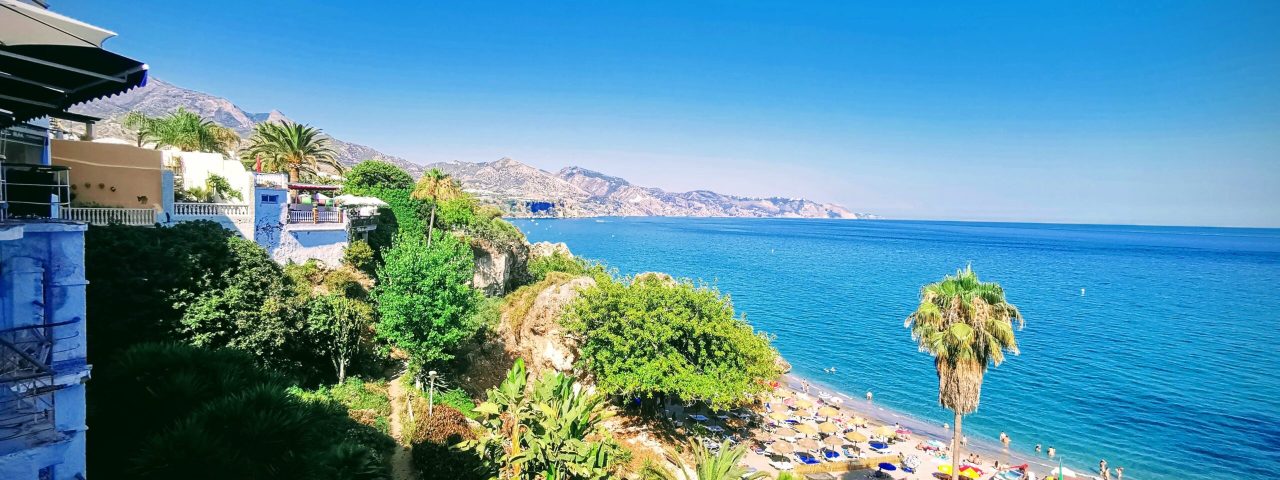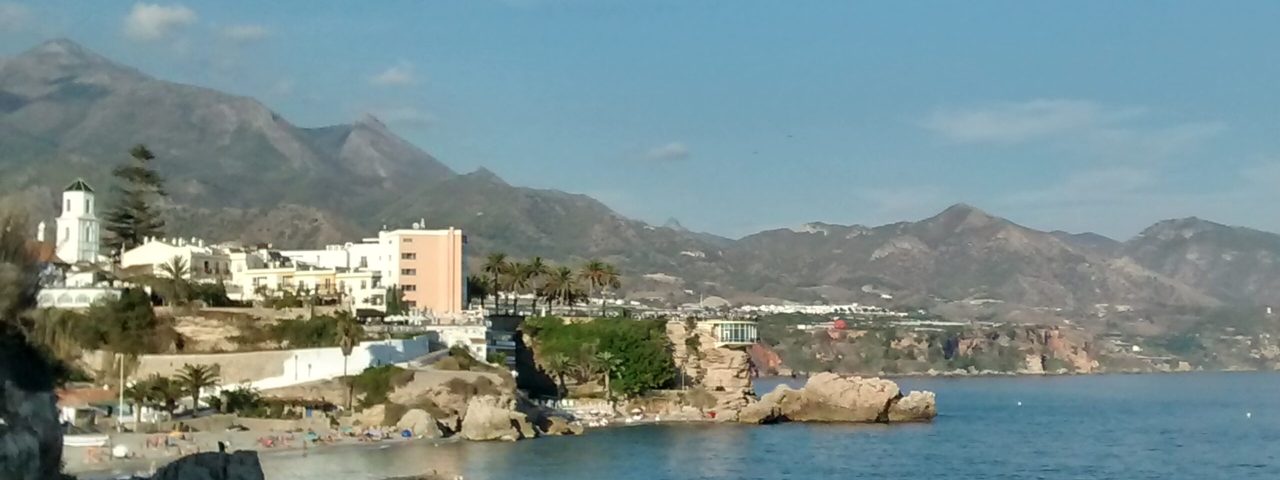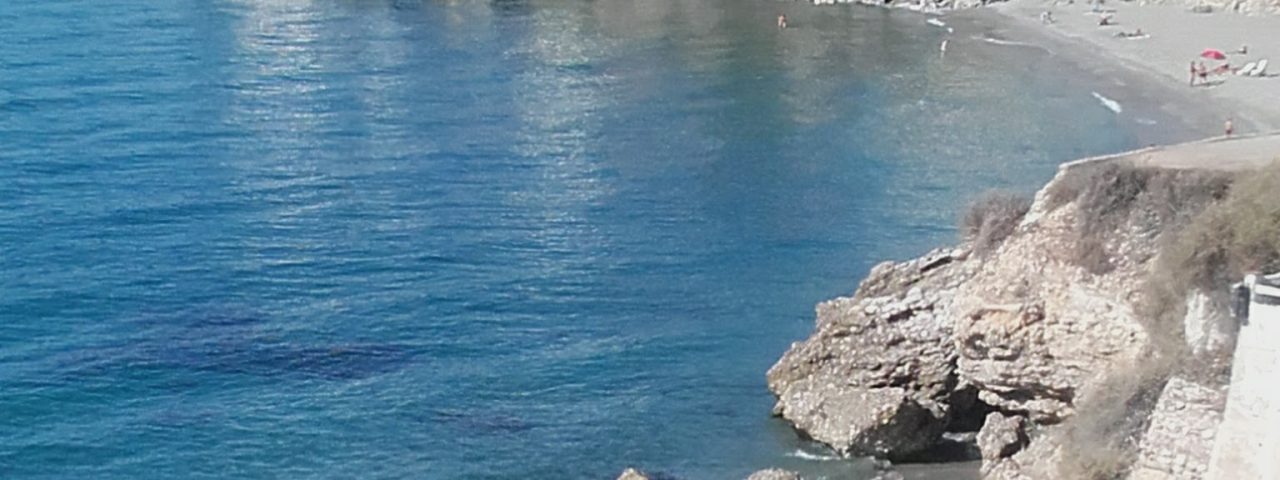Nerja boasts a rich and diverse history that dates back thousands of years. The area was originally inhabited during the Paleolithic period, as evidenced by the famous Nerja Caves, which contain prehistoric paintings believed to be over 20,000 years old. Over the centuries, Nerja has seen the influence of various civilizations, including the Romans, who called the town “Detunda,” and the Moors, who ruled much of southern Spain for centuries and left a lasting mark on its architecture and culture.
After the Christian reconquest in the late 15th century, Nerja became part of the Kingdom of Spain, and its agricultural economy grew, particularly in the production of sugar cane. Today, Nerja is known for its blend of Andalusian culture, with strong ties to local traditions, festivals, and a laid-back Mediterranean lifestyle. One of the town’s most important cultural events is the Feria de Nerja, held every October, which features traditional Andalusian music, dancing, parades, and flamenco performances.
Another key event is the Fiesta de San Juan, celebrated in June, where locals and visitors gather on the beaches to light bonfires, enjoy music, and take part in symbolic rituals. These festivals, combined with the city’s Moorish and Christian heritage, create a unique cultural atmosphere that sets Nerja apart from other destinations on the Costa del Sol.
